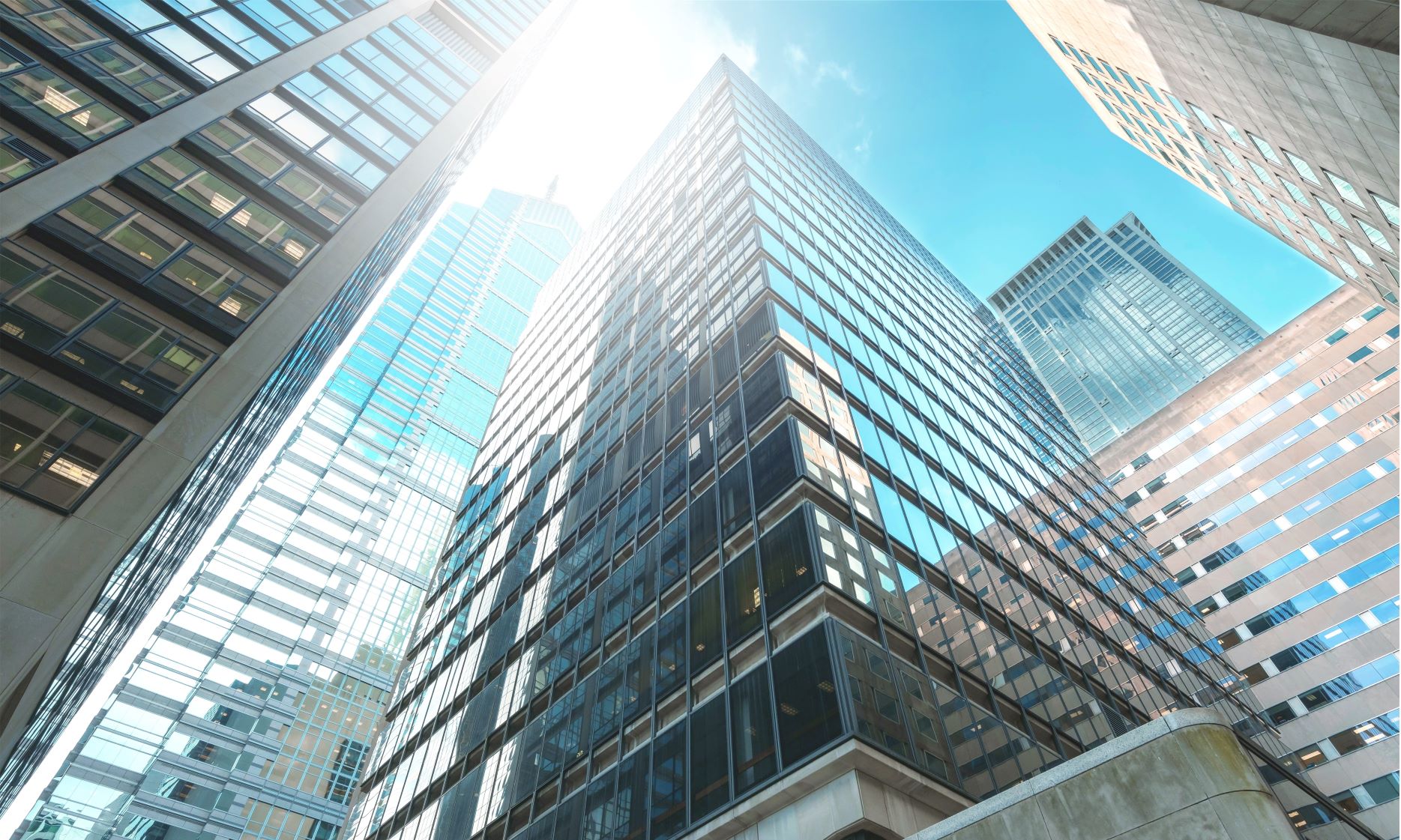
The capitalization rate is an essential metric for many real estate investors. Here’s what you need to know about this measure, how you calculate it, and how to use it to make wise investing decisions.
What is a Capitalization Rate?
Capitalization rate, or cap rate, is one of the most important terms to know if you plan to invest in commercial real estate. The cap rate helps you determine the value of a commercial property and compare investments of various asset classes, sizes, ages, and unit mixes on similar terms.
The capitalization rate relates a commercial property’s annual net operating income to the purchase price. It’s usually written as a percentage.
While cap rate is a popular metric in commercial real estate, it’s rarely used in residential real estate. This is because single-family homes and duplexes are usually valued based on the amount similar properties in the area are selling for, not the income they produce.
How to Calculate the Capitalization Rate
The cap rate of a property is calculated based on the property’s value and the net income it is expected to generate. You can calculate it with this formula:
Capitalization Rate = Net Operating Income / Property Value
The net operating income is the expected annual income that the property generates, including rental income, after taking out all the expenses incurred while managing the property. Most commercial real estate properties will have multiple sources of income and expenses, including regular maintenance costs and property taxes.
The property value can be based on the current market rates, the original capital cost, or the acquisition cost of a property depending on the context.
Capitalization Rate Example
Let’s say that an investor has $1 million. They have the opportunity to purchase a commercial property with multiple tenants who are expected to pay a total of $100,000 in annual rent. The investor expects to incur $20,000 of expenses toward regular maintenance and property taxes over the next year, so the net income is $80,000.
One year after the purchase, the property is worth 10% more than at the time of purchase, or $1,100,000. The investor decides to calculate the capitalization rate based on the current market value. Using the formula, the cap rate is $80,000/$1,100,000 = 0.073, or 7.3%.
Which property value should I use when calculating the cap rate?
Most investors prefer to use prevailing market rates for cap rate calculations. This is because using the purchase price or original capital cost will give unrealistically high rates for properties that were purchased years or decades ago at lower prices than could be expected today. Also, the purchase price cannot be used for an inherited property since the price in that case was zero.
The more income the property generates relative to its value, the higher the cap rate is. A property’s cap rate will go down if its income decreases (such as if tenants move out and aren’t quickly replaced), its expenses go up (such as if an expensive repair is needed), or the property’s value rises faster than its net income.
Since there are so many different reasons (both bad and good) why a property’s cap rate may change, it is important for investors to consider these rates in context. It’s best to do more research before making an investment rather than just choosing the property with the highest cap rate.
How to Utilize the Capitalization Rate

Real estate investors use capitalization rates to determine the potential return on their investment. They can be a great way to quickly compare the value of investment properties.
Properties with higher cap rates have a higher potential return. If you are considering two similar properties with different cap rates, it usually makes sense to choose the property with the higher cap rate, all things being equal. In real life, however, properties with higher cap rates often come with more risks, so be sure to investigate further before making a final decision.
Investors also use the cap rate to estimate the length of time it will take to recover the amount they invested in the property. For example, if a property has a cap rate of 10%, it will take roughly 10 years to recover the investment.
However, the cap rate shouldn’t be the only measure you look at when making investment decisions. You also need to consider the risks associated with the investment and any temporary factors that could have a major impact on the cap rate.
The capitalization rate represents the intrinsic, natural, and un-leveraged rate of return. In other words, it doesn’t take into account the time value of money, leverage, or any future cash flows that may come from property improvements you are planning. If these factors are important to you as an investor, you will want to look at additional metrics beyond the cap rate.
What is a Good Capitalization Rate for Real Estate?
There is no single range for a good or bad cap rate. The average rate may be anywhere from 4 to 10% depending on the market you are in, the context of the investment property, and your goals as an investor.
A higher cap rate indicates a higher expected return, but it also typically suggests more risk. Keep in mind that the most expensive properties typically have lower cap rates than less expensive properties.
Learn More About Real Estate Investing
The CEP team has successfully invested in commercial real estate through multiple cycles spanning four decades. For more tips and information about real estate investing, check out our blog or sign up to receive future insights.









